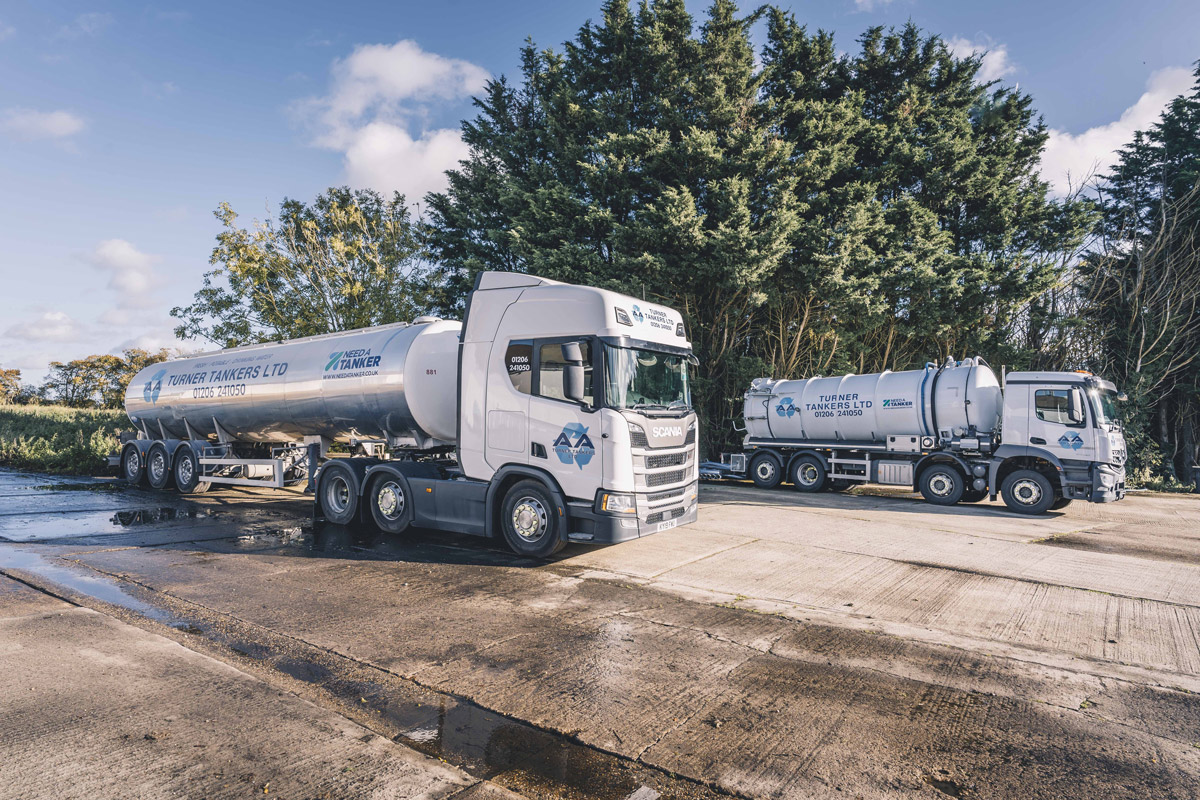What Does Reclaim Waste Do?
What Does Reclaim Waste Do?
Blog Article
Get This Report about Reclaim Waste
Table of ContentsThe Best Guide To Reclaim WasteWhat Does Reclaim Waste Mean?Reclaim Waste - An OverviewThe Basic Principles Of Reclaim Waste Some Of Reclaim Waste
Residential sewer waste refers to the waste and items from a domestic septic tank. The correct monitoring and disposal of residential sewer waste need liquid waste to be transferred to a sewage treatment plant where the proper methods and equipment are used to cleanse and dispose of waste.
Commercial waste usually includes prospective risks, such as combustible products or a mix of fluid and strong waste products, and needs an extra innovative and in-depth disposal procedure. The disposal of industrial waste normally includes the filtering of waste before transport to make certain risk-free and correct disposal. Hazardous waste is produced from by-products and drainage of commercial procedures and manufacturing.
This type of waste can not make use of the very same sewer administration transportation or processes as septic or industrial fluids. The commercial waste administration procedure calls for the evaluation and screening of liquid waste prior to it undertakes the disposal process (liquid waste removal). Overflow waste is the fluid waste that originates from runoff and excess stormwater in very populated locations or cities
Drainage waste can create contamination and flooding otherwise dealt with appropriately. Find out a lot more about sewage system cleansing and waste monitoring. Making sure appropriate waste administration can prevent catastrophes and minimize ecological damage. Both people in domestic settings and specialists in business or manufacturing sectors can take advantage of understanding the procedures and policies of liquid waste administration.
The Best Guide To Reclaim Waste
Get in touch with PROS Providers today to discover our waste management and disposal services and the correct means to care for the fluid waste you create.
(https://fliphtml5.com/homepage/kekhp)This so-called 'wastewater' is not only an important resource yet, after therapy, will be launched to our land, rivers or the sea. Made use of water from bathrooms, showers, baths, kitchen sinks, washings and industrial procedures is recognized as wastewater.

water utilized to cool equipment or tidy plant and devices). Stormwater, a form of wastewater, is overflow that moves from farming and urban locations such as roof coverings, parks, gardens, roadways, courses and rain gutters into stormwater drains pipes, after rainfall. Stormwater streams unattended straight to neighborhood creeks or rivers, at some point reaching the sea.
What Does Reclaim Waste Do?
In Queensland, a lot of wastewater is treated at sewer treatment plants. Wastewater is transferred from residential or commercial websites with a system of drains and pump stations, understood as sewage reticulation, to a sewage treatment plant. Neighborhood federal governments build, preserve and operate most sewer therapy plants. Operators are certified under the Environmental Security Act 1994 to discharge cured wastewater at an appropriate ecological criterion right into rivers.
The Department of Natural Resources advises neighborhood federal governments concerning managing, operating and maintaining sewage systems and therapy plants. In unsewered locations, city governments might call for homeowners to install private or household sewage therapy systems to deal with residential wastewater from commodes, kitchen areas, shower rooms and laundries. The Division of Natural Resources authorises using home systems when they are verified to be reliable.
The majority of stormwater obtains no treatment. In some brand-new communities, therapy of some stormwater to remove trash, sand and crushed rock has begun making use of gross contaminant traps. Wastewater treatment occurs in four stages: Eliminates strong issue. Larger solids, such as plastics and other items wrongly discharged to sewage systems, are eliminated when wastewater is travelled through screens.
Wastewater then flows right into large tanks where solids resolve and are removed as sludge. Grease and residue are skimmed from the surface. Utilizes tiny living microorganisms called micro-organisms to break down and remove continuing to be dissolved wastes and great fragments. Micro-organisms and wastes are incorporated in the sludge. Eliminates nitrogen and phosphorus nutrients that could cause algal flowers More Bonuses in our waterways and endanger aquatic life.
Reclaim Waste Fundamentals Explained
Nutrient removal is not offered at all sewer therapy plants since it requires expensive specialist devices. Clear liquid effluent produced after therapy may still include disease-causing micro-organisms - liquid waste removal melbourne.

This typically implies wastewater needs to be dealt with or impurities eliminated before it can be discharged to waterways. Many wastewater moves into the sewerage system. Under the Act, city governments provide authorizations and permits for eco appropriate activities (ERAs) including wastewater releases that could have a neighborhood impact. The division provides approvals and permits to ERAs including wastewater launches that may have a local or statewide effect.
Indicators on Reclaim Waste You Need To Know
Tracking supplies valid details about water top quality and can verify that permit conditions are being met. The details acquired via surveillance provides the basis for making water quality decisions.
Report this page